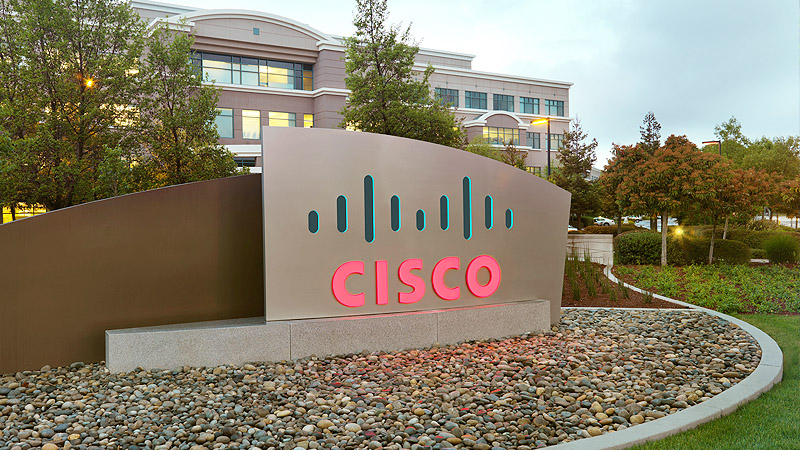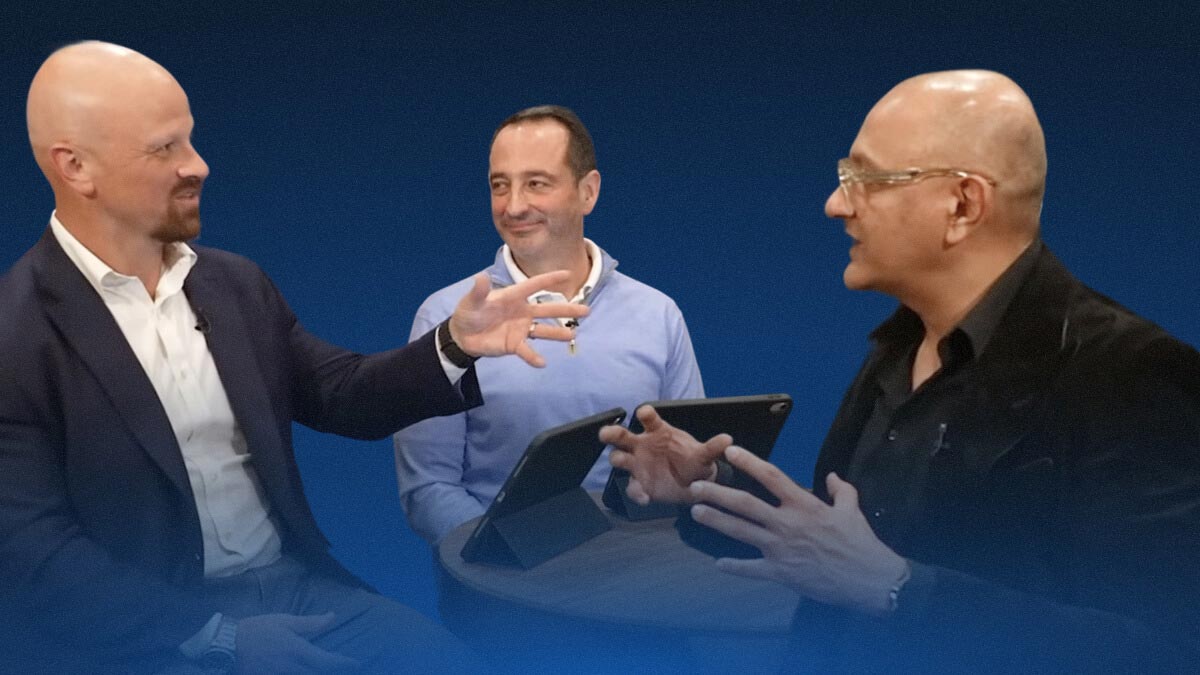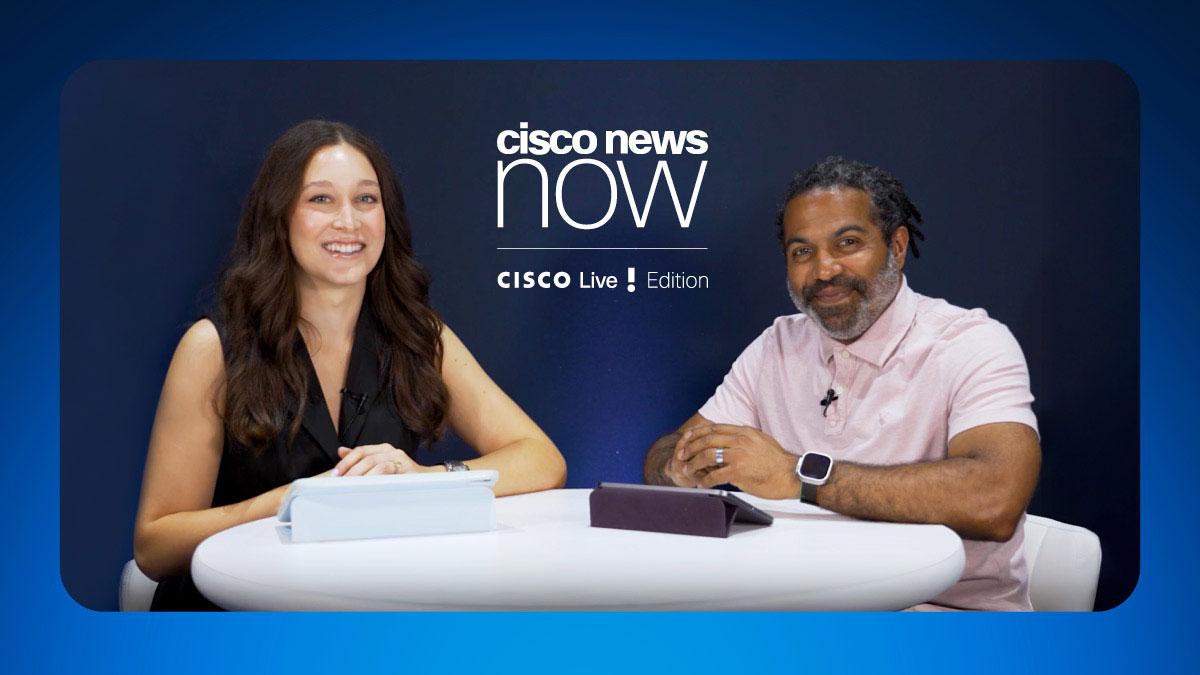SAN JOSE, Calif.-June 17, 1997- Cisco Systems, Inc. today extended the capabilities of its 3600 series dial access servers to include: high-density asynchronous dial connections, FastEthernet local connections, high-density Ethernet and serial connections, hardware-basedcompression and a redundant power system. These new hardware additions, combined with the powerof Cisco IOS(TM) software, allow for customer deployment of a single multifunction accessplatform.
New Cisco 3600 series network modules (NMs) include: a 16-port asynchronous, a 32-portasynchronous, a single-port fast Ethernet, a 4-port Ethernet, a 4-port serial and a hardwarecompression module. A redundant power system (RPS) ensures network availability in the event ofa power supply failure.
"As our LANs, WANs, and network applications continue to evolve, we will integrate productssuch as the Cisco 3600 series to simplify the administration, configuration and management ofnew network services," said David Meyer, director of the advanced network technology center atthe University of Oregon in Eugene. "With the Cisco 3600 series, we can now deploy advancedmultifunction solutions that combine high-density dial aggregation with high-speed routing;tying it together with Cisco IOS software."
High-Density Dial Aggregation
The Cisco 3600 series, an industry-leading high-density, high-performance ISDN dial accessserver, now supports high-density asynchronous dial aggregation with two new NMs. The NM-16Asupports 16 asynchronous ports and the NM-32A, 32. In enterprise branch office environments,where dial pools are rapidly expanding, the Cisco 3640 model now scales to as many as 96high-performance asynchronous ports in a single chassis. The Cisco 3600 series supports a mixof high-density ISDN PRI, BRI or asynchronous connectivity in a single chassis; offeringcustomers unprecedented flexibility and price/performance.
Hardware Compression
Hardware compression maximizes the data throughput of the Cisco 3600 series over leased, dialup and packet-based WAN connections. This hardware-based compression eliminates the expense ofpurchasing and installing higher-speed links. The NM-COMPR is particularly attractive ininstallations where higher-speed WAN services are expensive or unavailable. Hardware datacompression decreases the amount and, therefore, expense of data traffic on connections thatare billed based on usage.
Compression dramatically improves the response time of data transmission and eliminates theneed to purchase expensive external compression devices. The Cisco 3600 series now supportsboth software- and hardware-based compression and enables customers to choose the mostcost-effective way to compress data over the WAN.
Branch Office LAN Evolution
The Cisco 3600 series now supports fast Ethernet, high-density Ethernet and high-density serialconnectivity. The NM-1FE brings high-performance Fast Ethernet LAN connectivity to dial access,campus/enterprise backbone and data center environments. The NM-4E delivers high-densityEthernet flexibility in environments that require a single point of connection for multipleEthernet LAN segments. The NM-4T brings high-density, high-speed serial connectivity toenterprise and service providers; supporting line speeds up to full-duplex T1/E1. Each NM-4Tserial port is individually configurable and supports a maximum throughput of 8 Mbps per NM.Customers now have the ability to customize solutions and reduce operating costs by deployingappropriate LAN services and densities.
"The Cisco 3600 series is a highly flexible multifunction platform designed to support a widevariety of technologies, applications and price points," said Ian Pennell, director ofenterprise branch marketing at Cisco Systems, Inc. " The Cisco 3600 series is ideally suited todeliver multiprotocol, multifunction connectivity to rapidly evolving branch offices. No otheraccess platform in the industry can match the flexibility, performance or price of the Cisco3600 series."
Cisco Systems
Cisco Systems, Inc. (NASDAQ: CSCO) is theworldwide leader in networking for the Internet. athttp://www.cisco.com.
Cisco IOS is a trademark, and Cisco, Cisco Systems, and the Cisco Systems logo areregistered trademarks of Cisco Systems, Inc. in the U.S. and certain other countries. All othertrademarks mentioned in this document are the property of their respective owners.



